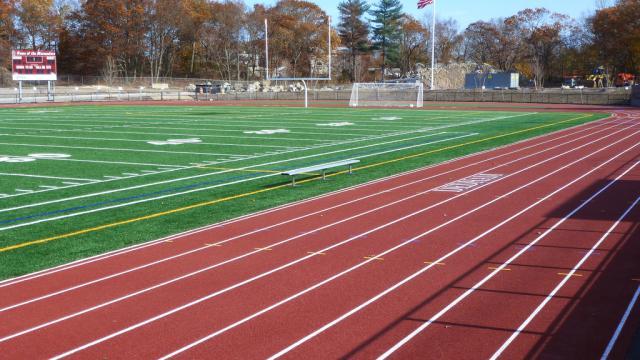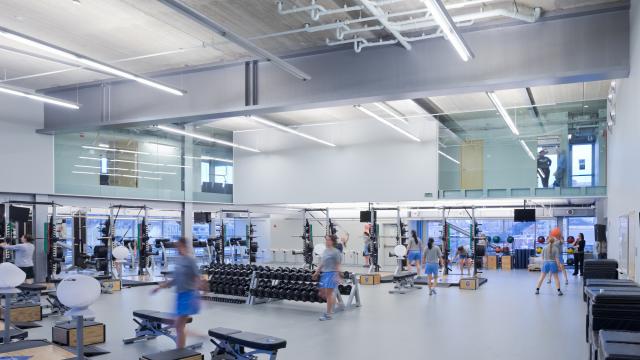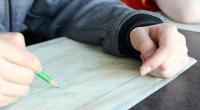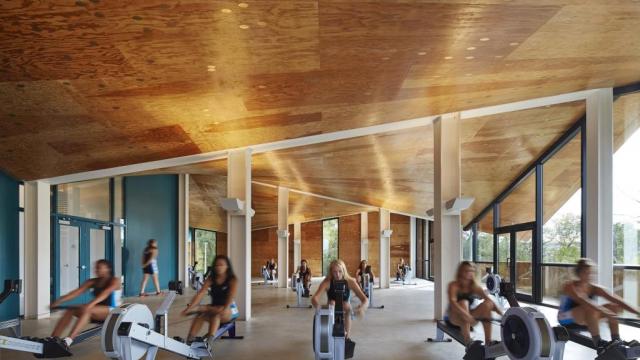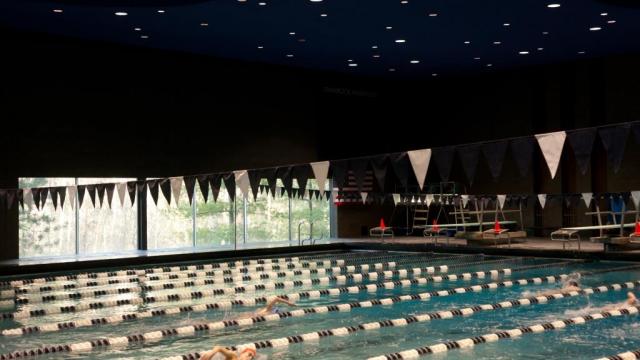
First Place - Christopher Kumaradjaja - Redesign Your School Athletic Pavilion | 2014 National High School Architecture Competition #280
The task is to redesign the athletic facilities for The Masters School, a boarding/day school that serves the 5-12th grades. On their website, the school views its mission as providing “a challenging academic environment that encourages critical, creative, and independent habits of thought and a lifelong passion for learning.” To achieve that mission, the school “promotes and celebrates academic achievement, artistic development, ethical action, athletic endeavor, and personal growth.” The mission is implemented through the school’s Harkness table teaching methodology that encourages diverse opinions, interests, and shared experiences. As a result, the student body has developed relaxed but excitedly focused atmosphere throughout the 96-acre campus.
Masters sets athletics as an integral part in a student's high school experience. The school's boasts a number of sports teams that compete at the interscholastic level. Ample opportunities are available for every student to participate in the school's events as player and spectator. The athletic offerings range from interscholastic tournaments to open gym. While the school boasts many outdoor playing fields including an outdoor competition standard track, the current athletic center can no longer satisfy the school’s need for their planned athletics, arts, and extra-curricular expansion. A redesign of the athletic facilities would require displacement of the building housing other programs such as dance, music and leisure. However, arts related activity will be included in the new building as the school considers them as inextricably linked together.
The programs of combining arts and the athletics in the new center include dedicated gymnasia, pool, and studios that are specifically accommodated to every one of the sports and co-curricular activities that Masters has to offer. Therefore, the goal of the new design is clear: to meet up with these expectations. A striking programmatic feature of the center is that it includes a variety of leisure amenities, such as a café and various hang out spaces.

